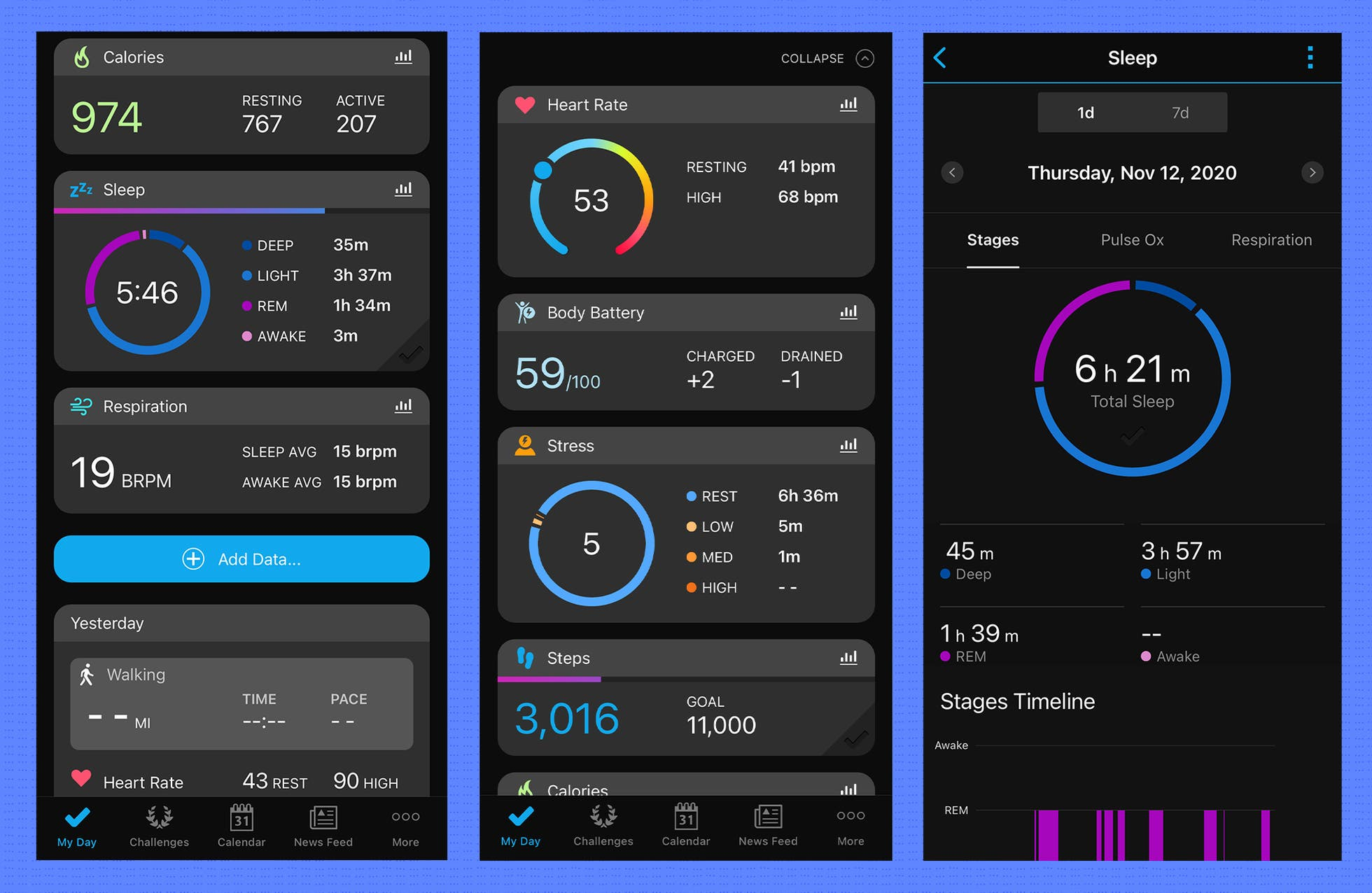Health tracking has emerged as a pivotal tool in understanding cognitive processes, particularly in the realm of memory formation and its intricacies. Recent studies spearheaded by Harvard researchers reveal groundbreaking techniques that delve into the molecular foundation of how memories are created, thereby offering new avenues for dementia treatment. By illuminating the synaptic plasticity and neural connections involved in this process, these innovations could reshape our approach to neurological disorders characterized by memory loss. The ability to monitor synaptic behavior with unprecedented resolution not only reveals the complexities of learning but also underscores the importance of foundational research in enhancing our health. As health tracking continues to evolve, its implications for understanding cognitive decline are becoming increasingly significant.
Exploring the mechanisms behind cognitive functions is crucial for advancements in mental health, particularly as we face challenges posed by memory-related disorders. This exploration often involves the analysis of learning processes and the ways in which they are affected by conditions such as dementia. Through innovative methodologies, researchers can assess vital aspects of brain communication, focusing on synaptic interactions and their role in memory storage and retrieval. These scientific inquiries not only enhance our understanding of brain function but also provide essential insights for future therapeutic strategies targeting cognitive impairments. By utilizing emerging health tracking technologies, we are laying the groundwork for transformative approaches in the treatment of neurological diseases.
Understanding Memory Formation: The Role of Synaptic Plasticity
Memory formation is an intricate process that relies significantly on synaptic plasticity, which allows the brain to strengthen or weaken its neural connections in response to new experiences. The Harvard research team highlighted in their recent study shows how synaptic plasticity plays a crucial role in memory storage and retrieval. Each time a person encounters a new piece of information or experience, synapses—the junctions between neurons—undergo modifications that enhance their efficiency. This adaptability is vital for learning, making synaptic plasticity not just a phenomenon of biology but a foundational principle behind cognitive development.
Moreover, as the research indicates, the understanding of how synaptic plasticity works at a molecular level opens new avenues for exploring neurological disorders such as dementia. By focusing on specific proteins involved in synaptic communication, researchers can trace how memory formation might be hindered in patients with memory-related diseases. This knowledge can inform the development of targeted treatments, highlighting the importance of basic research in uncovering the complexities of the brain’s functioning and its impact on health.
Frequently Asked Questions
How does health tracking relate to memory formation and learning processes?
Health tracking plays a crucial role in understanding memory formation and learning processes by providing insights into how synapses—the connections between neurons—strengthen and adapt through synaptic plasticity. By monitoring health metrics, researchers can correlate them with the molecular and cellular mechanisms that underpin memory retention and learning, shedding light on potential interventions for memory-related disorders.
What is synaptic plasticity and how does it affect memory retention in health tracking?
Synaptic plasticity is the brain’s ability to strengthen or weaken synapses over time, which is essential for memory retention. Health tracking can help identify patterns in synaptic plasticity by correlating physiological data with cognitive performance, thus offering a way to explore how lifestyle factors impact memory and learning, particularly in aging populations or those at risk of dementia.
Can health tracking tools contribute to dementia treatment strategies?
Yes, health tracking tools can significantly contribute to dementia treatment strategies by providing real-time data on cognitive functioning and behavioral patterns. This data can help clinicians understand the progression of dementia and test the efficacy of interventions aimed at enhancing synaptic plasticity, potentially leading to better management of memory loss.
What emerging techniques have been developed at Harvard to enhance understanding of health tracking and memory?
At Harvard, the Extracellular Protein Surface Labeling in Neurons (EPSILON) technique was developed to map protein interactions that are critical for synaptic plasticity. This innovative approach enhances health tracking by allowing researchers to observe how synapses behave during memory formation, providing valuable insights that could inform new therapeutic approaches for cognitive impairments.
How does understanding neural connections benefit health tracking practices?
Understanding neural connections through health tracking practices allows for better insights into how learning and memory are formed. By using advanced techniques to study synaptic connections, researchers can create more effective health tracking solutions that inform interventions for improving cognitive function and address disorders like dementia.
What role do AMPARs play in health tracking related to memory formation?
AMPARs, or alpha-amino-3-hydroxy-5-methyl-4-isoxazolepropionic acid receptors, are critical components of synaptic plasticity and play a vital role in memory formation. Health tracking methods that focus on AMPAR dynamics can help identify how different lifestyle choices and treatments affect memory retention and cognitive health, providing a basis for targeted therapies.
| Key Points | Details |
|---|---|
| Groundbreaking Technique | A new method, EPSILON, maps how learning and memory form. |
| Significance | Insights could lead to new treatments for neurological disorders like dementia. |
| Synaptic Foundations | Learning and memory are rooted in synaptic plasticity, the strength of neuron connections. |
| Research Methodology | Utilizes fluorescent labeling and advanced microscopy to study synapses at high resolution. |
| Key Proteins | AMPARs are crucial for synaptic plasticity and memory formation. |
| Historical Impact | Tracking synaptic history over time can help understand memory dynamics. |
| Future Applications | Method could explore a range of cognitive phenomena and memory disorders. |
| Educational Contribution | Support for basic research is essential for health treatment advancements. |
Summary
Health Tracking through advances in techniques like the EPSILON method allows scientists to explore the intricate relationships between neuronal connections and memory formation. The findings highlight the need for continued investment in basic research, with the potential to uncover new treatments for debilitating conditions like dementia. This pioneering approach not only enhances our understanding of cognitive processes but also sets a foundation for future therapeutic strategies.
